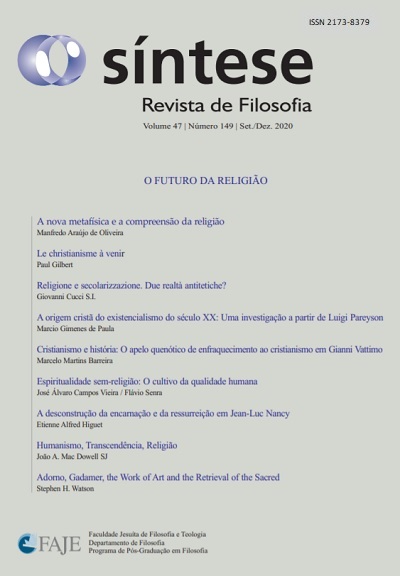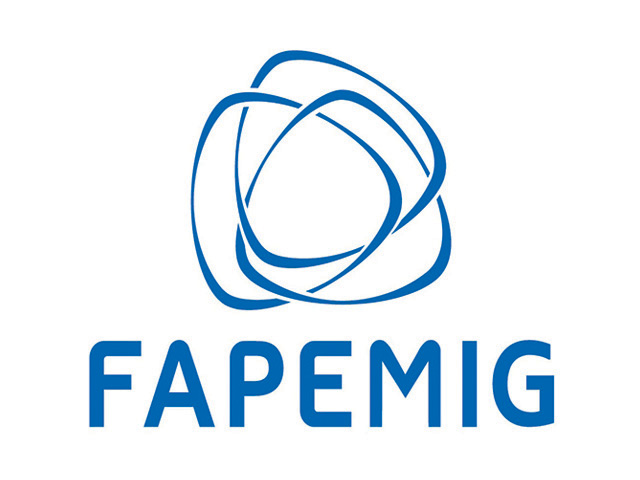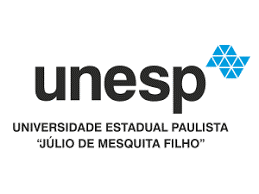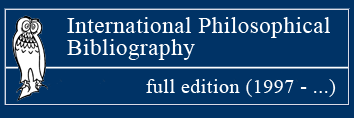ADORNO, GADAMER, THE WORK OF ART AND THE RETRIEVAL OF THE SACRED
DOI:
https://doi.org/10.20911/21769389v47n149p693/2020Resumo
This paper considers the significant role the sacred played in Hans-Georg Gadamer and Theodor Adorno's theories of post Enlightenment rationality and experience. While these thinkers are typically thought to be at odds with one another, on this topic, as will become evident, their work remained proximate: both appealed at crucial points to theological models, somewhat controversially, to combat the limitations of strict methodological accounts of their rational. This paper first traces their mutual reliance in this endeavor upon Kantian and post- -Kantian accounts of aesthetics, which imported classical metaphysical notions of Truth, Beauty, and the Good into their accounts. Against this backdrop, I trace how Gadamer and Adorno employed theological models to articulate accounts of the poverty of contemporary experience and theory, affording possibilities for its reinterpretation. Thereby, both viewed the sacred as a still not exhausted critical reserve in our rational history, one that extends beyond the constraints of Enlightenment, precisely in posing the critical question of tradition itself: the question, as Adorno put it, of how “a thinking obliged to relinquish tradition might preserve and transform tradition.”


















